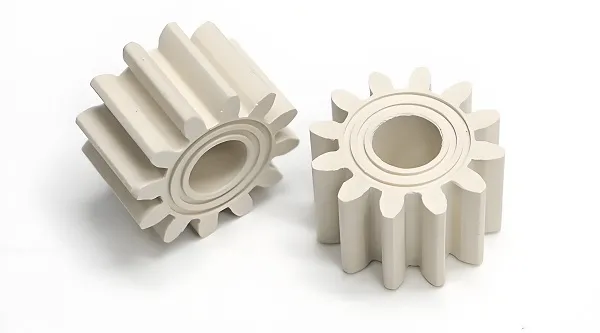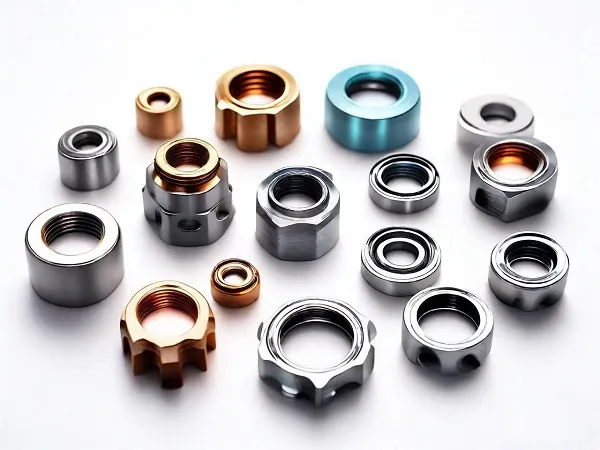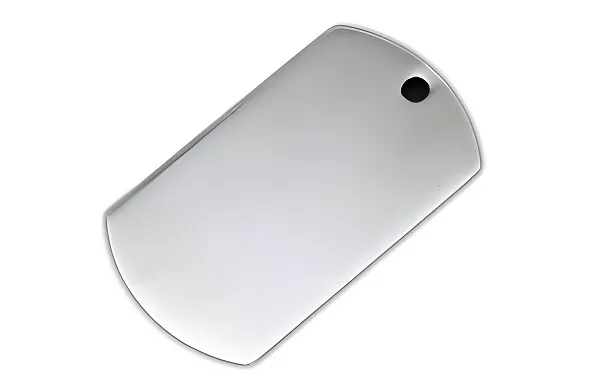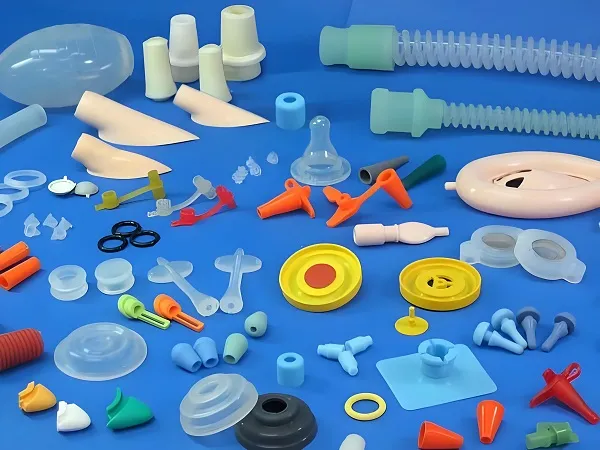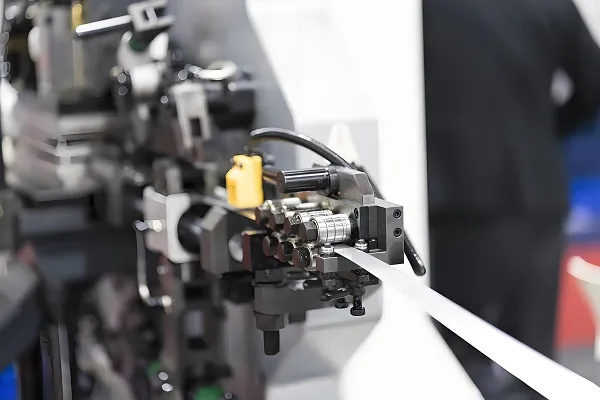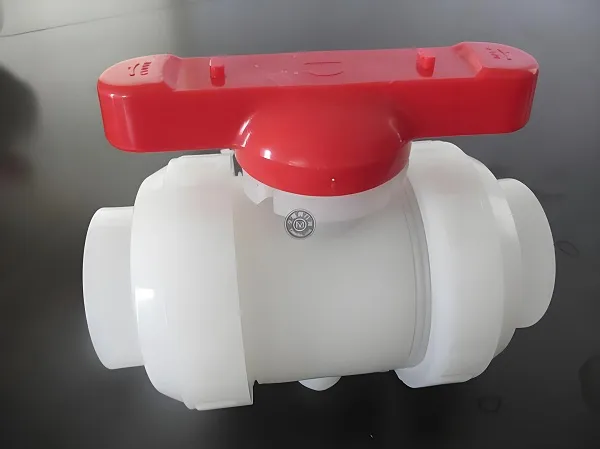1. Technical Overview of Low-Volume Injection Molding
Low-volume plastic injection molding bridges the gap between prototyping and mass production, offering cost-effective solutions for batches ranging from 50 to 10,000 units. This approach leverages aluminum molds for rapid tooling, modular designs for iterative adjustments, and multi-cavity optimization to minimize per-part costs. Key applications include niche medical devices, aerospace components, and consumer electronics prototypes, where flexibility, material precision, and fast turnaround are critical. Chinese suppliers excel in this domain by combining advanced technologies like 3D-printed mold inserts and overmolding techniques to meet stringent quality and scalability demands.
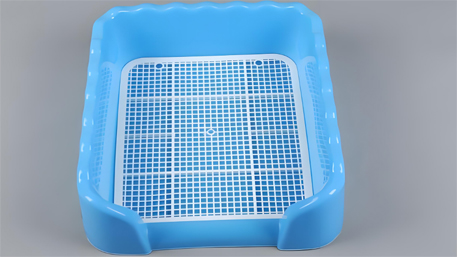
2. Technical Documentation: Plastic Material Comparison for Low-Volume Production
Material selection for low-volume molding prioritizes mold compatibility, cycle time efficiency, and cost predictability. Below is a comparative analysis of materials optimized for small batches:
| Material | Tensile Strength (MPa) | Mold Shrinkage (%) | Cycle Time (s) | Cost per kg (USD) | Best for Low-Volume Use |
|---|---|---|---|---|---|
| ABS | 40–50 | 0.5–0.7 | 30–40 | 2.5–3.5 | Functional prototypes, enclosures |
| PP | 25–35 | 1.0–2.5 | 25–35 | 2.0–3.0 | Hinges, living hinges |
| PC | 60–70 | 0.6–0.8 | 40–50 | 4.0–5.5 | Transparent or high-heat parts |
| TPE | 5–15 | 1.5–3.0 | 35–45 | 5.0–7.0 | Soft-touch grips, seals |
| Nylon 66 | 70–90 | 1.2–1.5 | 50–60 | 4.5–6.0 | High-stress mechanical components |
Engineer Recommendations:
-
ABS: Default choice for cost-effective functional testing.
-
PP: Ideal for flexible parts requiring chemical resistance.
-
PC/ABS Blend: Balances strength and thermal stability for automotive prototypes.
-
TPE: Use for ergonomic or vibration-dampening applications.
3. Customer Case Study: Custom Sensor Housing for IoT Devices
Client Pain Point: A Silicon Valley startup needed 500 waterproof housings for field-testing IoT sensors but faced high tooling costs and lead times with traditional suppliers.
Technical Challenges:
-
Achieving IP67-rated sealing with wall thickness under 1.5 mm.
-
Minimizing tooling costs for a complex undercut design.
Solution: -
Material: UV-stabilized PP with 20% glass fiber reinforcement.
-
Tooling: Aluminum mold with modular inserts for undercut adjustments.
-
Process: Two-shot molding to integrate sealing gaskets.
Results: -
Tooling cost reduced by 60% vs. steel molds.
-
First batch delivered in 18 days, enabling rapid market testing.
4. Surface Finishing for Low-Volume Parts
| Process | Characteristics | Applications |
|---|---|---|
| Bead Blasting | Matte finish; masks minor imperfections | Industrial prototypes, enclosures |
| Soft-Touch Coating | Silky texture; improves grip | Handheld devices, tool handles |
| Laser Etching | Permanent markings for logos/part numbers | Medical tools, aerospace components |
| Dye Sublimation | Full-color graphics on flat surfaces | Promotional items, retail packaging |
5. Low-Volume Customization Workflow
-
Design Review: Optimize geometries for aluminum mold constraints.
-
Mold Fabrication: CNC-machined aluminum molds (5–10 business days).
-
Trial Run: 50–100 test units for fit and function validation.
-
Adjustments: Modify mold inserts for undercuts or texture changes.
-
Production: Batches of 50–5k units with 2–4 week lead times.
6. FAQ: Low-Volume Molding
Q: What’s the minimum order quantity (MOQ)?
A: MOQs start at 50–100 units for aluminum molds; no MOQ for 3D-printed prototypes.
Q: How to reduce per-part costs for small batches?
A: Use family molds (multiple parts in one tool) or standardized geometries.
Q: Can existing steel molds be used for low-volume runs?
A: Yes, but aluminum molds are 3x faster to produce and 40% cheaper for batches <5k.

